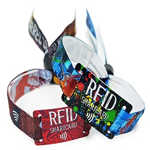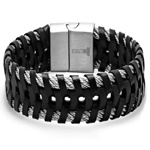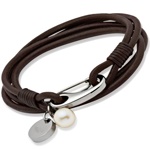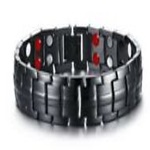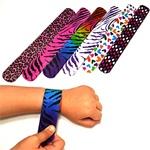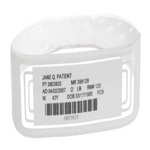
Hospital Wristbands
- The main purpose of a wristband is to identify something about the wearer. Hospitals handle around 2000 patients per day and some patients have some allergies that require special needs and care for the patients. But all patients can't carry board or banner called "I'm allergic to peanuts".
- Hospital wristbands communicate such information to the doctors or paramedical team to provide them the specific treatment which they need at times of emergencies. A hospital wristband ensures positive patient ID and a time-saving communication of sensitive data in the demanding healthcare environment. Thus, its use not only benefits patient safety but also facilitates the workflow of healthcare providers.
- It is made of materials, like silicone, vinyl, plastic which are durable, strong, unbreakable and tamperproof and very comfortable to wear. Hospital wristbands have patient's name, age, ailments, allergies [if any] and a special patient id barcode that gives general information about the patient. The wristbands are compatible with EMR systems. The patient ID wristband contains a barcode, which can be scanned using a barcode scanner.
- The band provides important health care information such as patient's name, previous conditions, allergies, what type of medicine should be administered and medicine dosage. In the simplest of terms, hospital wristbands contain a patient's most vital information pertinent to the care they need.
- Wristbands prove reliable, cost-effective solutions that can be implemented to communicate vital information in a medical setting. This is especially helpful when the hospital wristband colours and codes align and coincide with the facility's existing standards.

